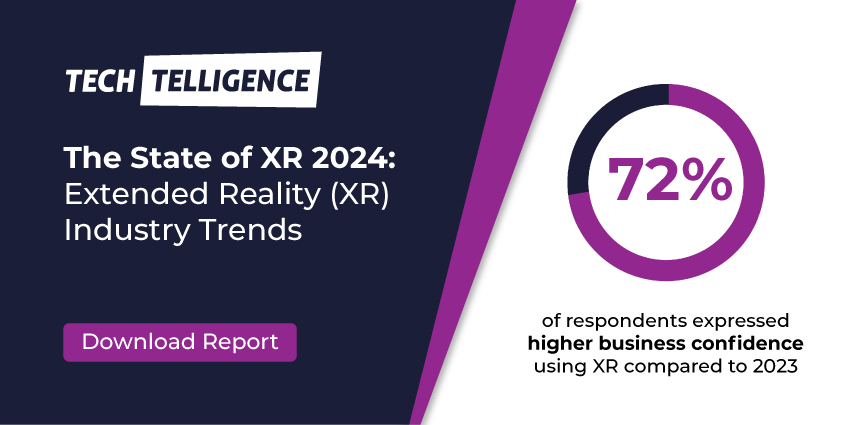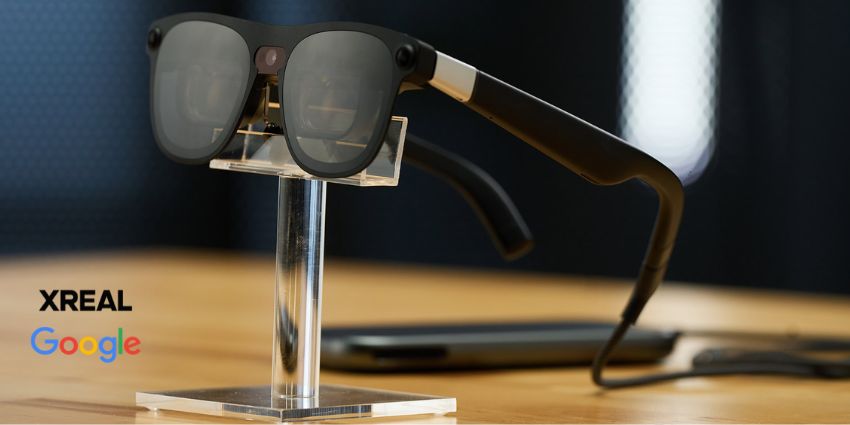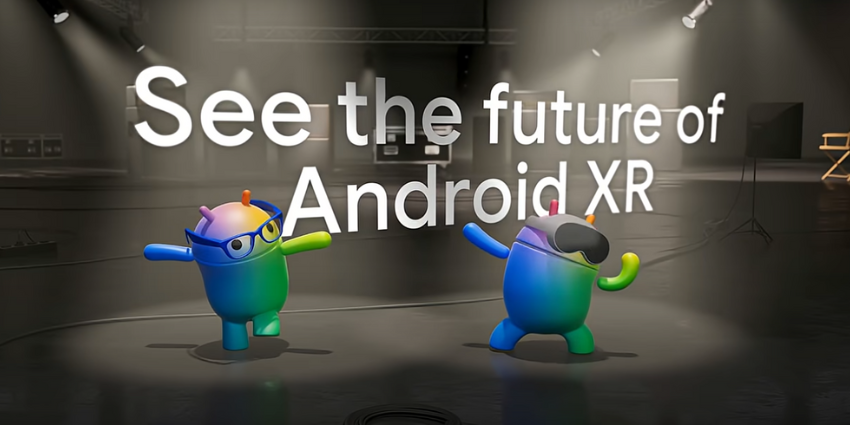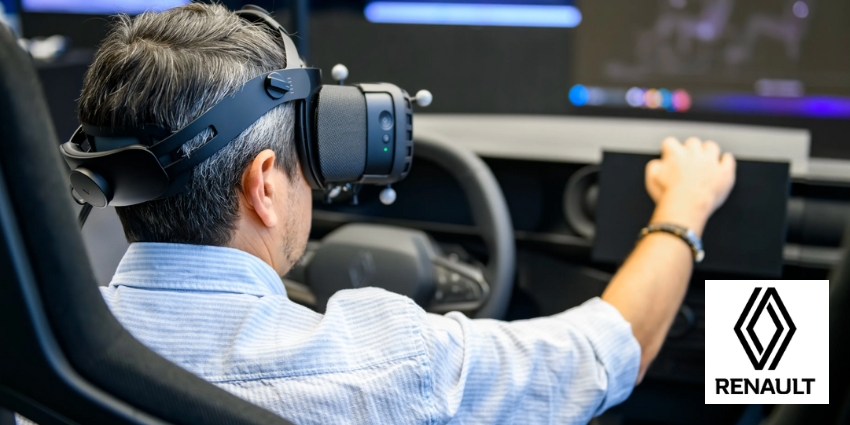The “State of XR 2024” report, recently released by XR Today, compiles expert insights and data from leaders in the immersive technology industry. The report highlights that while VR (Virtual Reality), MR (Mixed Reality) headsets, and AR (Augmented Reality) smart glasses have not yet reached widespread adoption, the rates of software and hardware adoption are steadily increasing in the business world.
Professionals worldwide, particularly in the US (25%), India (19%), and the UK (16%), are increasingly embracing AR, VR, and MR technologies. However, the respondents also identified several key challenges, with main obstacles including economic headwinds (50%), acquiring new customers (72%), and securing funding for growth (56%).
Looking ahead to 2025 and beyond, the XR industry is expected to integrate further into everyday work life, with advancements in hardware and software meeting growing demands.
Readers are encouraged to explore the “State of XR 2024” report to understand the dynamic XR market better. In the meantime, let’s examine some intriguing findings from the respondents.
Growth in Confidence for XR-Related Business Prospects
Year-on-year, a large majority (72%) of State of XR Report respondents claim they are more confident about using XR in the workplace.
On the other hand, 22% of respondents state that their confidence remains unchanged year on year, while 6% feel less confident. These figures represent a high level of confidence across business respondents.
While the suggested positive outlook for the XR industry is likely driven by emerging XR technologies entering the workplace, such as smart glasses, smartphone-based visualisation tools, and remote guidance solutions, readers should note that the marketing teams behind major XR firms like Apple and Meta are selling an incredibly appealing promise for an XR future, potentially putting stars in the eyes of optimistic leaders.
However, to ensure success today, instead of getting wrapped up in the lofty promises of tomorrow, firms should be aware of how to leverage the very real XR technologies available today rather than overly focusing on the future and losing focus.
However, finding a balance between what is available today will allow sectors such as healthcare, heavy industry, and retail to flourish with XR integration thanks to a considered approach to XR, which reflects a specific company, its resources, and goals.
Moreover, the high confidence level is positive for the AR/VR/MR industry overall. The current reception leads to increased investments in innovation, marketing, and expansion as companies seek to solidify their positions in a growing market.
Which Business Segment Holds the Most Opportunity?
But all this confidence in XR will be in vain unless business leaders take the reins and stir the technology into the right markets and workplace situations.
Despite the positive prospects, applying XR to a workplace can be difficult as there are many human and technical considerations to understand ahead of adoption.
The respondents to the State of XR 2024 report had a very interesting take on which business segments hold the most opportunities for XR, with mixed results across the board that paint a diverse picture.
The results focus on enterprise (28%), large corporate (22%), and mid-market (22%) segments that showcase how large-scale businesses are the most ready to adopt XR. A result that makes sense, considering the support needed to deploy AR/VR/MR successfully at scale. However, vendors are quickly realising this, with many XRaaS platforms and low-barrier solutions coming to the enterprise market to suit a broader workplace range, big to small.
Additionally, the respondent’s perception that enterprises, large corporations, and mid-market firms are most likely to adopt XR successfully represents significant revenue opportunities, as larger companies have the resources to invest in sophisticated XR technologies and drive the demand for scalable solutions to improve operations, training, and customer engagement.
While respondents believe that SMB (16%) and Micro/Soho (12%) hold less opportunity for XR, the balance is not overskewed, again most likely reflecting the growing number of XR companies building scalable XR solutions that suit small and large firms.
As more XR solution providers recognize the various opportunities available in businesses of different sizes, as highlighted in the State of XR 2024 Report, all sectors stand to increase revenue potential and build long-term relationships. This approach can lead to ongoing business and valuable feedback that will inform future product development for XR providers and users.







